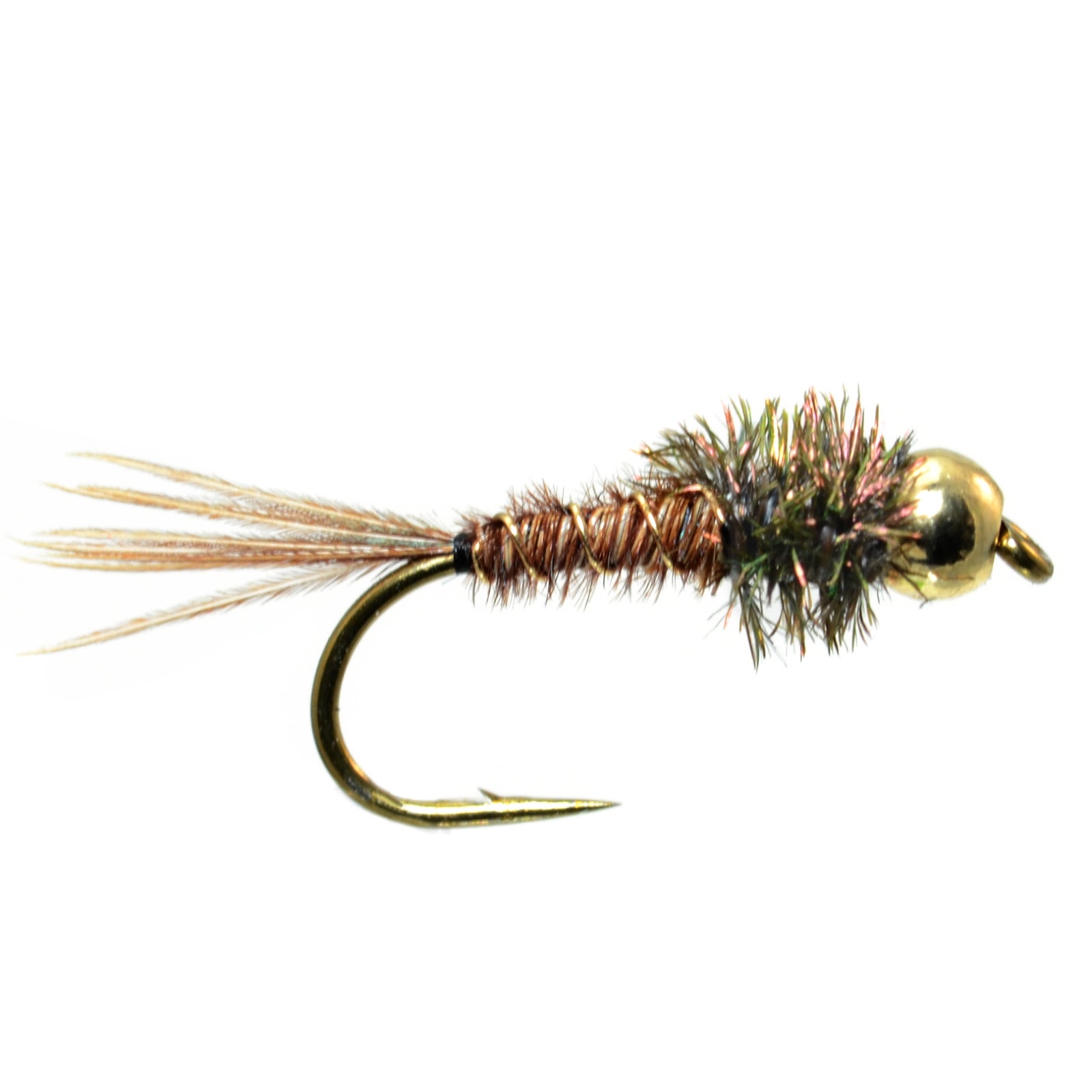Untie Your Potential: Fly Tying for Beginners

Ever dream of crafting the perfect lure, the one that guarantees a bite? Fly tying for beginners opens up a world of possibilities, transforming anglers from simple casters to skilled artisans. It's more than just knotting feathers and thread; it's about understanding the intricate dance between fish and fly, creating a tiny deception that triggers a thrilling pursuit.
Stepping into the world of fly tying can seem daunting at first. The tools, materials, and techniques appear complex. But fear not! This beginner's guide will demystify the art of crafting flies, offering a step-by-step approach to help you tie your first fly and eventually create a collection tailored to your favorite fishing spots.
Fly tying isn't just a hobby; it's an extension of the angling experience. It connects you to the natural world, demanding a deeper understanding of insect life and fish behavior. Imagine the satisfaction of catching a trout on a fly you meticulously crafted with your own hands. That's the magic of fly tying.
The roots of fly tying are ancient, with evidence suggesting early anglers crafted lures from fur and feathers centuries ago. Initially, these tied flies were a means of survival, a way to secure food. Over time, fly tying evolved into a revered craft, passed down through generations, each tier adding their own innovations and techniques.
One of the main issues beginners face is the perceived complexity of fly tying. The sheer number of materials, tools, and patterns can be overwhelming. However, starting with basic patterns and a few essential tools can significantly simplify the learning process. This guide will focus on foundational techniques, enabling you to build a solid base upon which you can expand your skills.
Fly tying involves securing various materials, such as feathers, fur, and thread, onto a hook to create an artificial fly that mimics natural insects or other prey. Simple examples include the Woolly Bugger, a versatile fly that imitates a variety of aquatic life, and the Elk Hair Caddis, a classic dry fly designed to resemble a caddisfly.
Benefits of fly tying include cost savings by crafting your own flies instead of buying them, the ability to customize flies to specific fishing conditions and target species, and the immense satisfaction of catching a fish on a self-tied fly. Imagine the pride of showcasing your fly box filled with your own creations.
To start tying flies, you'll need a vise to hold the hook, a bobbin to dispense thread, scissors, and basic tying materials. A step-by-step guide for tying a simple Wooly Bugger includes securing the hook in the vise, wrapping the thread around the hook shank, attaching the chenille body material, wrapping the hackle feather, and finishing the fly with a whip finish knot.
Advantages and Disadvantages of Fly Tying
| Advantages | Disadvantages |
|---|---|
| Cost-effective | Initial investment in tools |
| Customization | Learning curve |
| Satisfaction | Time commitment |
Best practices include maintaining a clean and organized workspace, using high-quality materials, practicing consistently, and seeking guidance from experienced fly tiers.
Real-world examples include tying specific flies like the Clouser Minnow for saltwater fishing, the Adams dry fly for trout, and the San Juan Worm for stillwater fishing.
Challenges include mastering knot tying techniques and selecting the right materials, but solutions involve practicing different knots and consulting online resources or experienced tiers.
FAQs include questions about the best vise for beginners, essential materials, common mistakes to avoid, and resources for learning more. General answers point to beginner-friendly vises, basic material kits, and online forums or local fly shops.
Tips and tricks include using a bobbin threader for easier threading, organizing materials in labeled containers, and practicing on larger hooks to develop dexterity.
Fly tying for beginners is a journey of discovery, a blend of art and science that deepens the connection between angler and fish. The satisfaction of crafting your own flies, the thrill of a fish striking your creation, and the endless possibilities for customization are just some of the rewards that await. Embrace the learning process, explore different patterns, and experiment with materials. Don’t be afraid to make mistakes; they're simply opportunities to learn and improve. With patience and practice, you’ll soon be creating flies that not only catch fish but also reflect your own unique style and understanding of the underwater world. Start your fly tying adventure today and untie a whole new level of angling satisfaction!
Deciphering the global automotive chip shortage
Large printable graph paper simplicity and focus
Spice up your romance cute texts for your boyfriend













